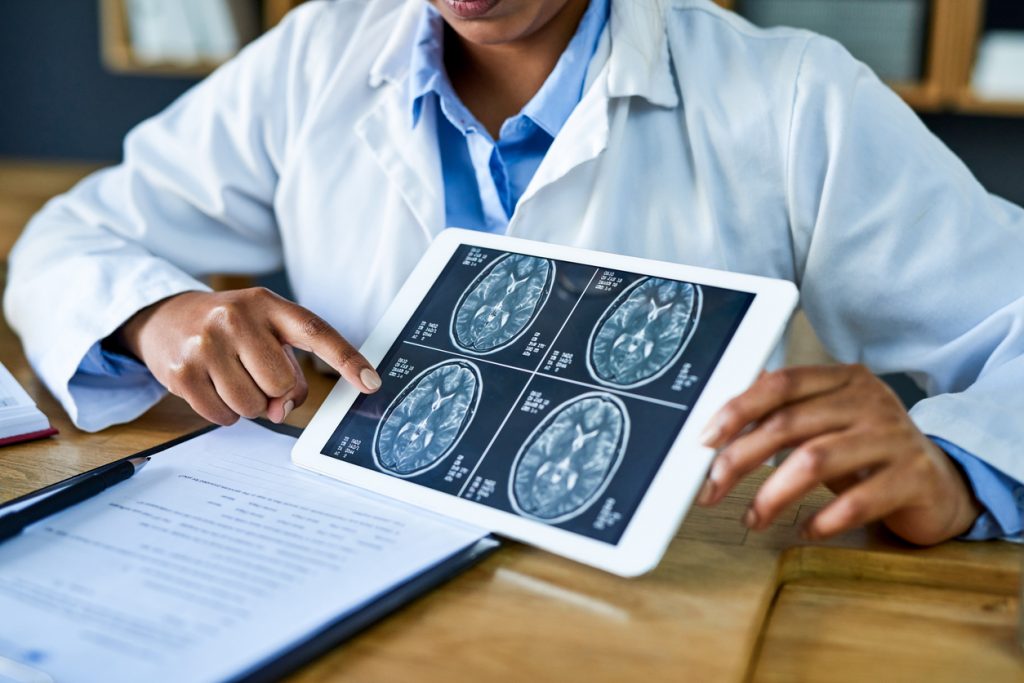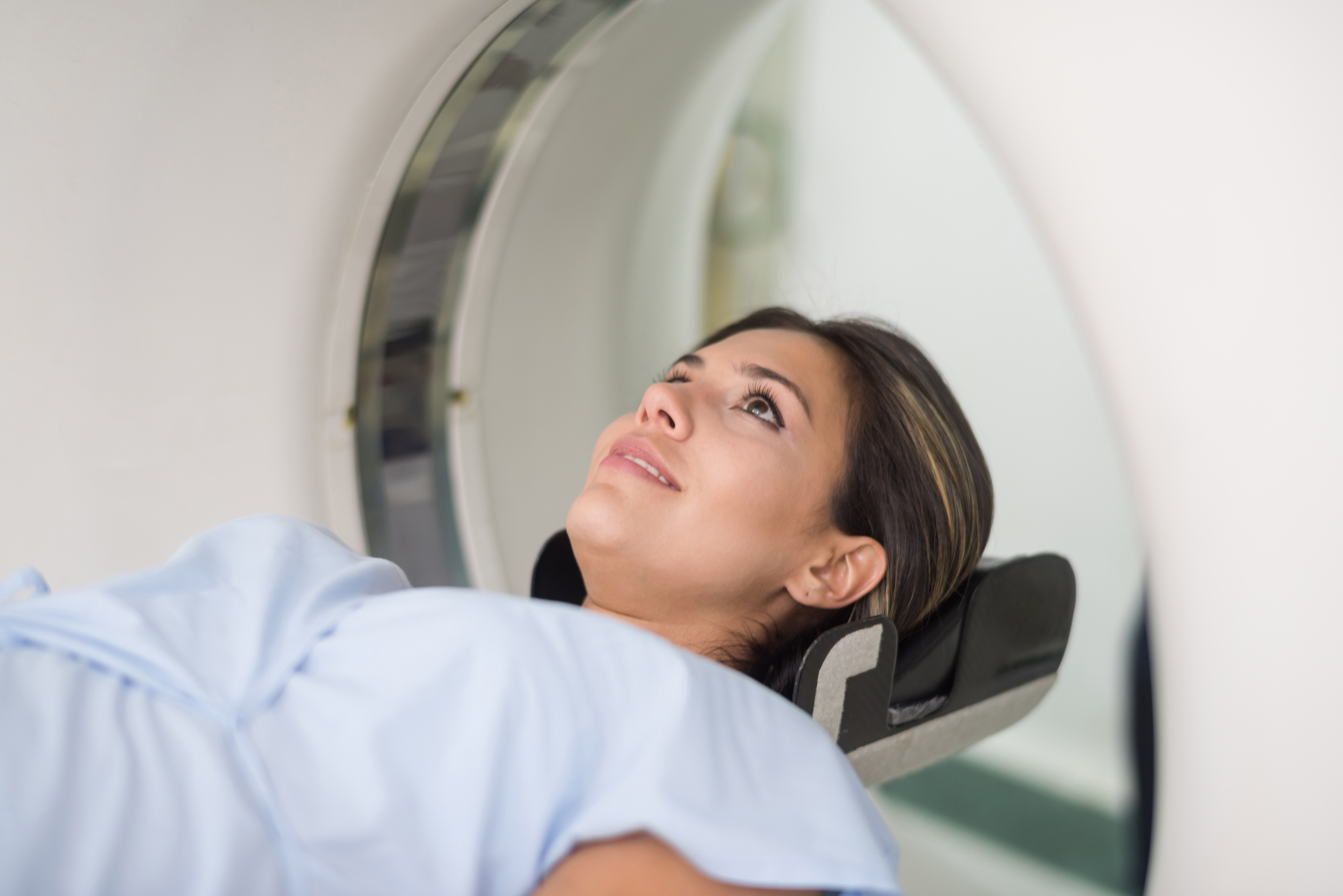A CT scan, also known as a CAT scan, is a painless, non-invasive medical diagnostic test. The initials stand for computerized tomography scan. The test uses computers and rotating x-ray machines to produce 3D cross-sectional images from different angles. A CT scan provides physicians with more detailed information than regular x-rays. Various parts of the body may be scanned. CT images can show bones, soft tissue, and blood vessels. There are notable differences between a CT scan and an MRI. A CT scan uses x-rays while an MRI uses magnets and radio waves. Bones and vertebrae are more clearly visible on CT scans, while an MRI is better for examining tendons, ligaments, and the spinal cord.
Benefits of CT scans
There are a number of medical circumstances when CT scans are a valuable diagnostic tool. The scans help doctors evaluate injuries like bone fractures and trauma from accidents. The scans can pinpoint the location and size of tumors and help indicate whether surgery or a biopsy is needed. CT scans allow doctors to examine blood vessels and internal organs such as the brain, liver, pancreas, and lungs. They may also be used to diagnose certain types of infections and cancers. CT scans help doctors monitor the effectiveness of treatments for cancer and other diseases.
Risks of CT scans
There are very few risks associated with CT scans. The small, targeted low dose of radiation that the patient receives is not known to cause any long-term harm. If a woman informs her physician that she is pregnant, a different test such as an MRI or ultrasound may be ordered instead. This eliminates the baby’s exposure to radiation. Persons who have a known allergy to iodine should not have a CT scan with contrast, since iodine is present in most contrast material that would be used.
What to expect during a CT scan
The patient may be required to fast before their scan if a contrast material, or special dye, will be used. Depending on the area being tested, the contrast material may be injected into the arm, drunk as a liquid, or given rectally as an enema. The contrast material is used to highlight particular structures being examined. Prior to the scan, the patient is instructed to remove all objects containing metal, including glasses, dentures, jewelry, and belts. Metal interferes with the scan.
The patient lies down on a moveable table that will slide into the scanner. The x-ray machine rotates around the patient, producing images of the body. The machine will make buzzing and clicking noises as it moves. The patient must hold very still during the testing, as any movement will blur the images. The CT scan may take from 20 minutes to an hour to complete. Following the procedure, patients who have had contrast material may be advised to drink plenty of fluids to flush the contrast material from their body.
Getting Results

A radiologist will evaluate the findings from a CT scan and send a report to the referring physician. The report will indicate whether any abnormalities were found and whether further testing may be needed.


